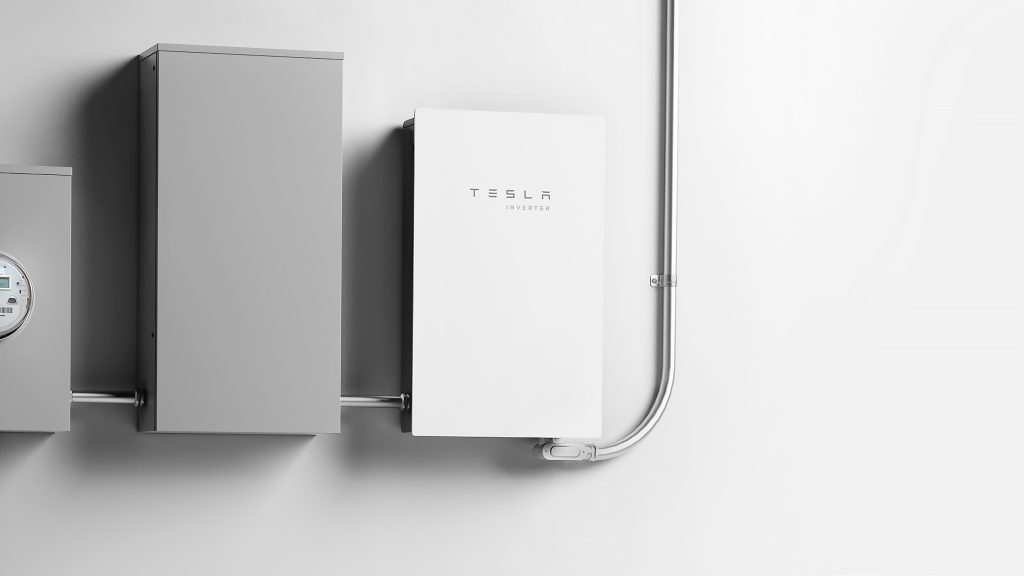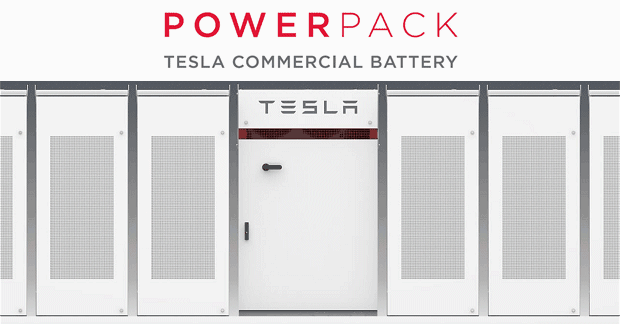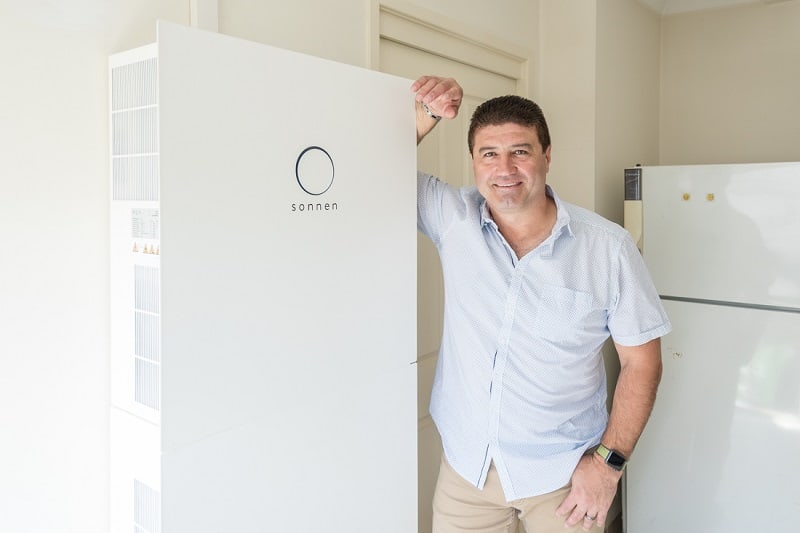After an unprecedented 2020, Tesla have been busy in the background and this week have announced the launch of a new solar inverter.
An inverter is an important part of any solar system – it’s used to convert DC power (generated by your solar panels) into AC power (i.e. usable for grid export or usage in the home). For Tesla to dip their toe in this end of the market shows an interesting insight into their overall strategy to help manage renewable energy as widely as possible. Their website has a bit of a spiel about the product:
“Tesla Solar Inverter completes the Tesla home solar system, converting DC power from solar to AC power for home consumption. Tesla’s renowned expertise in power electronics has been combined with robust safety features and a simple installation process to produce an outstanding solar inverter that is compatible with both Solar Roof and traditional solar panels. Once installed, homeowners use the Tesla app to manage their solar system and monitor energy consumption, resulting in a truly unique ecosystem experience.”

Can I buy the inverter in Australia?
You can’t actually view the Tesla Solar Inverter page on the official Australia Tesla website yet (it just 404‘s) – but according to their press release “(the inverter) completes the Tesla home solar system”. You can use the American link which will show you the (fairly utilitarian) details they are currently providing.
So you still can’t get this in Australia but we’ll keep you posted as soon as there’s any information. Tesla are very US focused so hopefully they bring the party to Australia sooner rather than later! And on that note, no news yet on the Tesla Powerwall 3 but we’re still waiting with bated breath. The site for the new inverter notes that it’s “built on Powerwall 2 technology for exceptional efficiency and reliability” so maybe we are a ways off yet?
Tesla Solar Inverter Specifications
The product 660mm high and 411mm wide. It’s available in two configurations, depending on how many solar panels you have on your roof – 3.8 kW and 7.8 kW.
The new inverter will be compatible with ‘standard’ solar panels as well as integrating seamlessly with the Tesla Solar Roof.
A warranty is available for the product and will be a strangely chosen 12.5 years. Haven’t seen a half year in a warranty in a while!
The product will also feature Wi-Fi, Ethernet and cellular connectivity with OTA (over the air) updates, and has been “designed to integrate with Tesla Powerwall and Tesla app”. Matching inverters, batteries and panels can be quite the mission if you’re looking to get the best result so it’s nice to see Tesla working hard to offer more of a ‘full stack’ approach to renewable energy (not just solar power either!).
Lastly, it has 4 MPPT (Maximum Power Point Tracking) controllers. Most inverters have two so it’ll be interesting to see what we’re in for with the Tesla Solar Home lineup!




